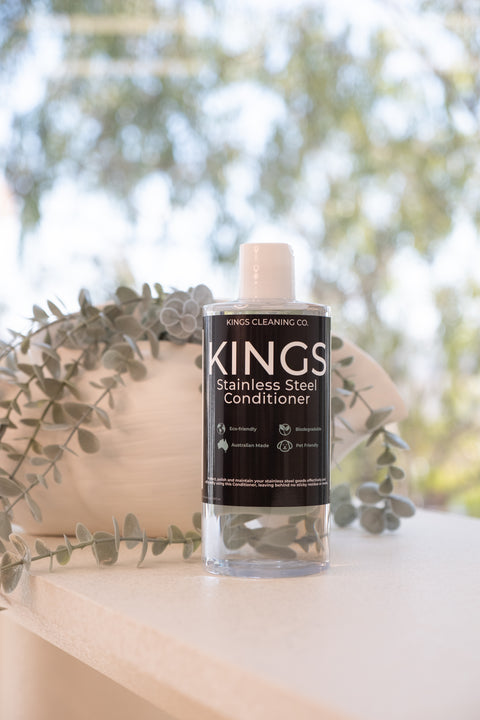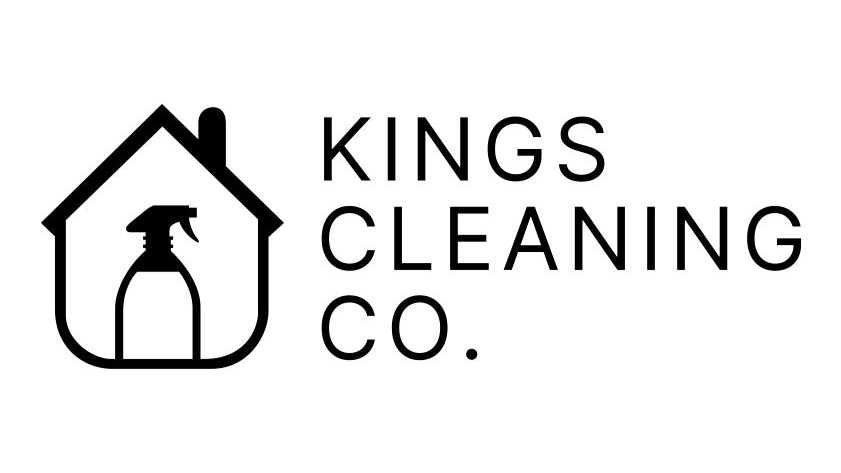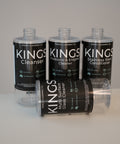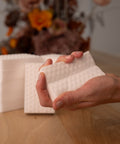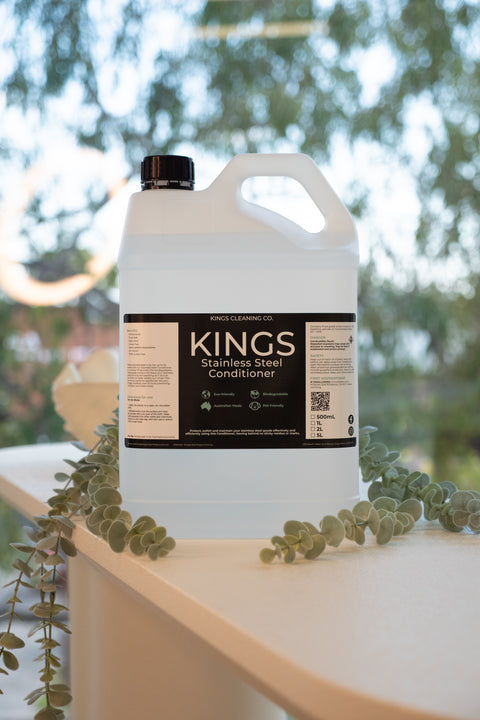
5L Kings Stainless-Steel Conditioner
Contains: Food-grade white mineral oil, naphtha, petroleum, hydrotreated heavy.
1. Quaternary Ammonium Compounds (QUATS)
What they are: Chemicals used in disinfectants and fabric softeners.
Why avoid them: Can trigger asthma and interfere with reproductive health. Known for their environmental impact.
Look for: Anti-bacterial products.
2. Essential Oils (Toxic to Pets)
What they are: Concentrated plant extracts used for fragrance or therapeutic purposes.
Why avoid them: Essential oils like tea tree, peppermint, eucalyptus, and citrus are toxic to pets. They can cause poisoning, respiratory distress, skin irritation, and liver damage. Diffusing or using these oils around pets, especially cats and dogs, can lead to serious health issues. Some oils can also cause severe allergic reactions or toxic buildup on pet skin.
Look for: Fragrance-free or pet-safe alternatives.
3. Sulphates (Sodium Lauryl Sulfate, SLES, SLS)
What they are: Foaming agents in personal care and cleaning products.
Why avoid them: While SLS may not affect everyone, it can cause irritation and dryness for some people. It's also linked to potential hormone disruption and organ toxicity.
Look for: Sulphates, SLES, SLS.
4. Ethoxylated Alcohols
What they are: Surfactants and emulsifiers derived from alcohols combined with ethylene oxide.
Why avoid them: Ethoxylated alcohols can release 1,4-dioxane as a byproduct, a known carcinogen. They are also harsh on surfaces and can leave residue that leads to buildup. Over time, this can make surfaces harder to clean and can lead to long-term damage. Additionally, they can cause skin and eye irritation, especially for sensitive individuals.
Look for: Ethoxylated alcohols, PEG-20, Ceteareth, Laureth.
5. Cheap Ethanol
What it is: Low-quality ethanol used as a solvent or preservative in many cleaning products.
Why avoid it: Cheap ethanol can release harsh vapors when used in unventilated areas, leading to respiratory issues such as headaches, dizziness, and irritation to the lungs. Prolonged inhalation can cause damage to the respiratory system. Additionally, it can be damaging to surfaces, leading to discoloration over time, making cleaning more difficult.
Look for: Ethanol, (low-quality ethanol).
6. CAB 30 (Cocamidopropyl Betaine)
What it is: A surfactant used to boost foam and improve texture in cleaning products.
Why avoid it: Can leave a thin residue on surfaces, causing buildup that attracts dirt and grime. This makes surfaces harder to clean and can leave a greasy or cloudy film. In personal care products, it may leave skin and hair feeling greasy.
Look for: Cocamidopropyl Betaine.
7. Synthetic Fragrance
What it is: Petrochemical-derived scents used in cleaning and personal care products.
Why avoid it: Can irritate skin, trigger asthma, and interfere with hormones.
Look for: Fragrance or parfum.
8. Sodium Hydroxide (Lye) Corrosives.
What it is: A highly alkaline compound used in cleaning products, drain cleaners, and oven cleaners.
Why avoid it: Sodium hydroxide is extremely corrosive and can cause severe burns to the skin, eyes, and respiratory system. It can also damage surfaces, especially delicate materials like wood, fabrics, and painted surfaces. Long-term exposure can cause deterioration of surfaces and safety hazards. Additionally, the fumes can be irritating to the respiratory system.
Look for: Sodium hydroxide, lye, caustic soda.
9. Sulfamic Acid
What it is: A strong acid often used for descaling and cleaning tough stains like rust and limescale.
Why avoid it: Sulfamic acid is highly corrosive, which can lead to severe skin burns and damage to respiratory passages when inhaled. It is also harsh on surfaces and can lead to surface degradation when used improperly. Additionally, improper handling or exposure to its fumes can cause severe irritation to the eyes and respiratory system. Overuse can cause long-term damage to surfaces, particularly those in kitchens or bathrooms.
Look for: Sulfamic acid.
10. Benzalkonium Chloride (Benzas)
What it is: A disinfectant and antiseptic commonly found in cleaning products, hand sanitizers, and wipes.
Why avoid it: While Benzalkonium Chloride is often marketed as a safer alternative to alcohol-based disinfectants, it can still cause skin irritation, allergic reactions, and respiratory issues. Prolonged exposure may result in toxic buildup, leading to immune system suppression and increasing susceptibility to infections. It's also harmful to aquatic life and can negatively affect the environment. Benzas can also leave a residue on surfaces that may attract more dirt and bacteria, making cleaning less effective over time.
Look for: Benzalkonium Chloride, Alkyl Dimethyl Benzyl Ammonium Chloride.
11. Colour Dyes
What they are: Artificial dyes derived from petroleum or coal tar.
Why avoid them: These colours can cause staining on surfaces like countertops, fabrics, and floors. They are often not fully disclosed and may contain harmful chemicals. Over time, these hidden chemicals can contribute to pollution and toxicity, especially in products exposed to water. Additionally, synthetic colours can cause irritation or sensitivity for some users.
Look for: Synthetic or artificial colours.
12. PEGs (Polyethylene Glycols)
What they are: Used to make products softer on the skin.
Why avoid them: Can contain carcinogenic contaminants like 1,4-dioxane.
Look for: PEG, Glycols.
13. Phthalates
What they are: Chemicals that help synthetic fragrances last longer.
Why avoid them: Endocrine disruptors linked to birth defects, fertility issues, and asthma.
Look for: Fragrance or "...phthalate".
Stainless steel is one of the most misunderstood metals and we all have it in our homes.
While tough and stain-resistant, it requires careful care and nourishment over time to keep it clean, and glistening.
This isn’t a polish. It hydrates and protects all stainless steel surfaces while making them resistant to fingerprints, water spots, and dullness—perfect for fridges, range hoods, sinks, door handles, and commercial kitchens.
Protect your investments and keep them slick with KINGS.
Where to use me
For example but not limited to ...
Stainless Steel Sufaces

Stainless Steel Sinks

Black Granite Sinks

Fridges

Stovetops

Rangehoods

Appliances

Cutlery

Fixtures
Before & After


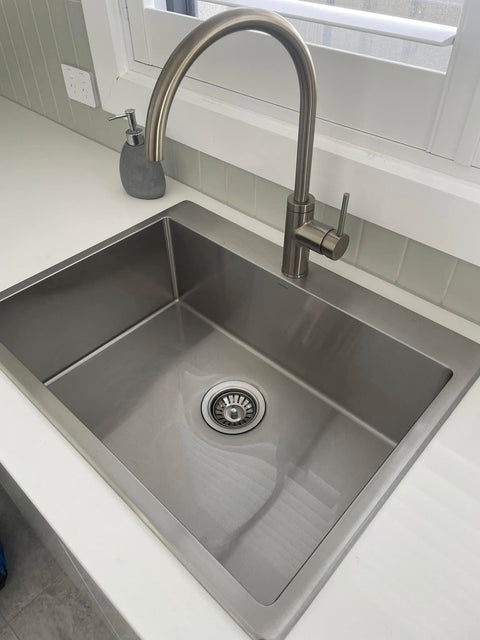

Cleaning products i replace
For example but not limited to ...
Steel Cleaner

Goo Remover

Metal Polish

Degreaser
Suggested Solutions
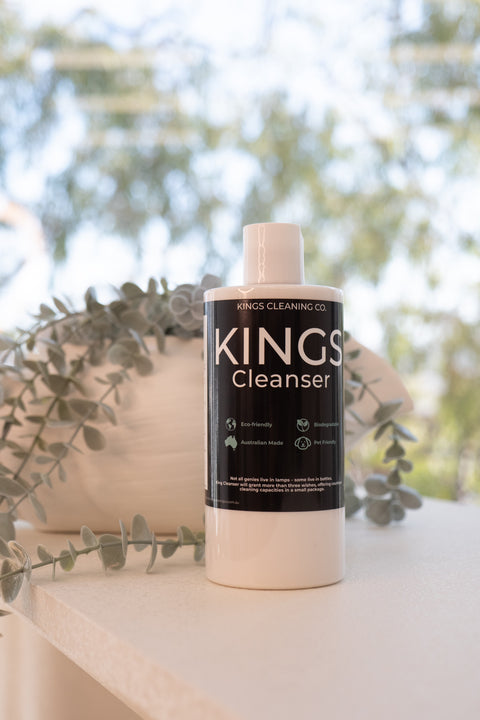
For a Deeper Clean
Replacing abrasive scrubbing pastes. This gentle formula lifts heavy soap scum, dirt and grime without damaging surfaces.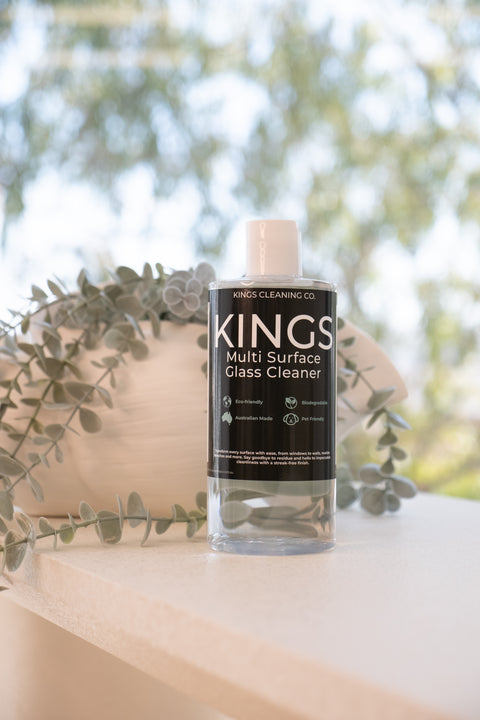
No Residue or Streaks
Ideal for various surfaces, it effectively cleans without residues or streaks, making it perfect for keeping your home pristine.